Tag: Redistricting
-
Expected census delays may postpone state redistricting efforts in 2021
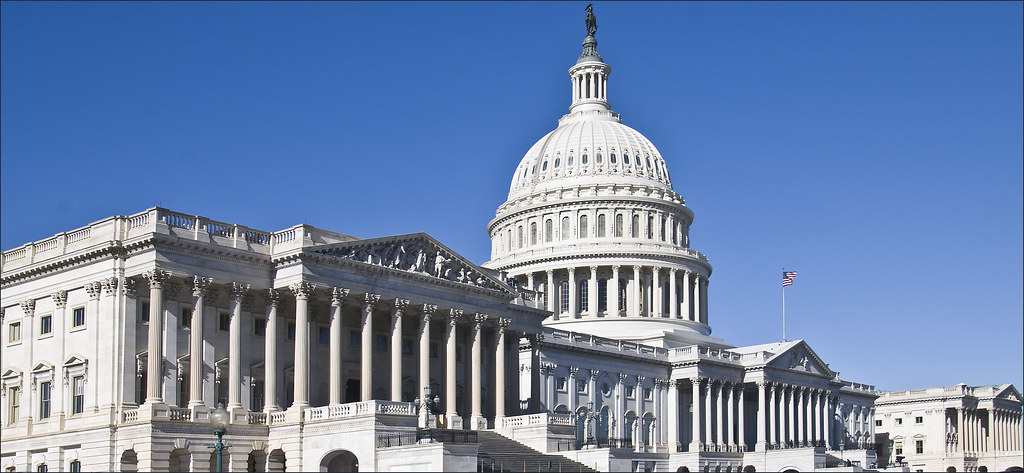
On Nov. 19, U.S. Census Bureau Director Steve Dillingham announced that, “during post-collection processing, certain processing anomalies have been discovered” in the 2020 United States Census. Dillingham said he had directed the bureau “to utilize all resources available to resolve this as expeditiously as possible.” Also on Nov. 19, The New York Times reported that “a growing…
-
Legislative control of redistricting changed in New Hampshire, Vermont following Nov. 3 elections
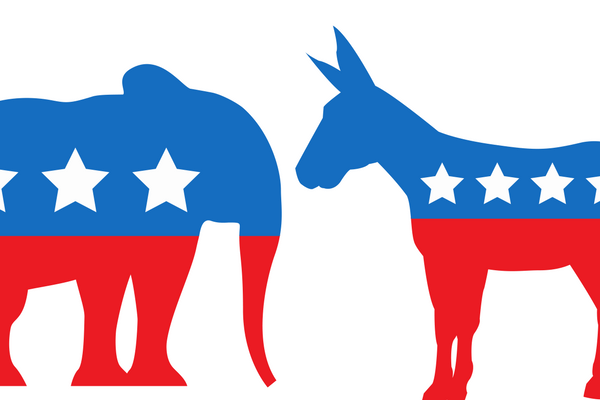
Following the 2020 elections, two states saw changes to the partisan makeup of their state legislatures that could affect redistricting, which is set to begin in 2021 following the publication of the U.S. Census. Republicans in New Hampshire gained control of the Congressional and state legislative redistricting process after the 2020 elections. Republicans won new…
-
Measure to change elections and redistricting procedures in North Dakota blocked from November ballot

A citizen-initiated constitutional amendment that was designed to make changes to elections and redistricting procedures in North Dakota was removed from the 2020 ballot by the North Dakota Supreme Court on August 25. The measure was certified for the ballot by Secretary of State Al Jaeger on August 11 after his office found that proponents…
-
Ranked-choice voting and redistricting commission initiatives provisionally certified for Arkansas ballot

Two Arkansas citizen-initiated measures—one that would establish ranked-choice voting and another that would establish a redistricting commission—were provisionally certified for the ballot on August 21, 2020. Whether or not votes will be counted for the measures is a question pending before the Arkansas Supreme Court. Sponsored by Open Primaries Arkansas, the ranked-choice voting measure would…
-
Missouri judge rewrites ballot title for Amendment 3 that would repeal 2018 redistricting amendment
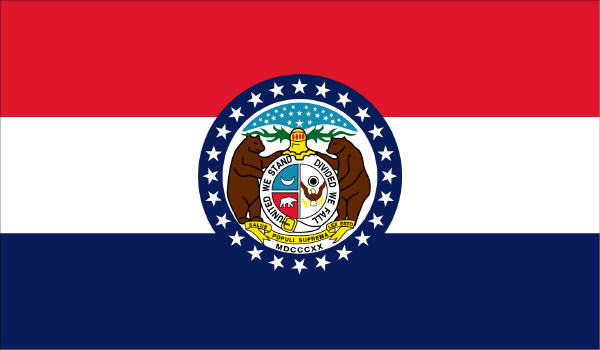
On August 17, 2020, Cole County Circuit Court Judge Patricia S. Joyce ruled against the ballot title drafted by the Missouri General Assembly for Amendment 3, the Redistricting Process and Criteria, Lobbying, and Campaign Finance Amendment. The lawsuit against the ballot title was filed by petition circulators for Clean Missouri, the campaign that sponsored Missouri…
-
North Dakota to vote in November on top-four open primaries, ranked-choice voting, state legislative redistricting, and other election changes
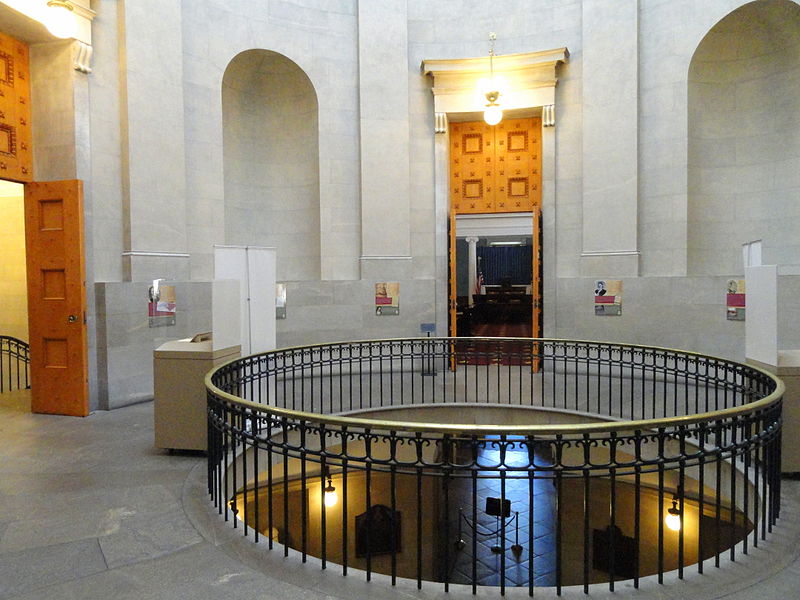
North Dakota voters will decide on three constitutional amendments in November. The third measure, a citizen initiative, was certified for the ballot on Tuesday, August 11. The initiative would amend the state constitution to make multiple changes to the election and redistricting procedures in North Dakota. The measure would establish top-four open primaries for all…
-
Fair Maps Nevada did not turn in signatures for its redistricting initiative by the extended August 3 deadline

Fair Maps Nevada, the campaign behind the Nevada Independent Redistricting Commission Initiative, did not submit signatures by the August 3 deadline. Originally the deadline was June 24, but it was extended by a court ruling. On July 24, 2020, Doug Goodman, founder and executive director of Nevadans for Election Reform; Sondra Cosgrove, chair of Fair…
-
Oregon Secretary of State verifies 59,000 signatures for redistricting initiative; courts to decide if it’s enough to qualify

On July 30, 2020, the Oregon Secretary of State’s office announced that People Not Politicians, the campaign behind the Independent State and Congressional Redistricting Commission Initiative, had submitted 59,493 valid signatures. People Not Politicians submitted its first batch of 64,172 unverified signatures on July 13. The campaign submitted an additional 1,819 signatures on July 17…
-
New Jersey will vote on a constitutional amendment to postpone legislative redistricting if census data isn’t received by February 15
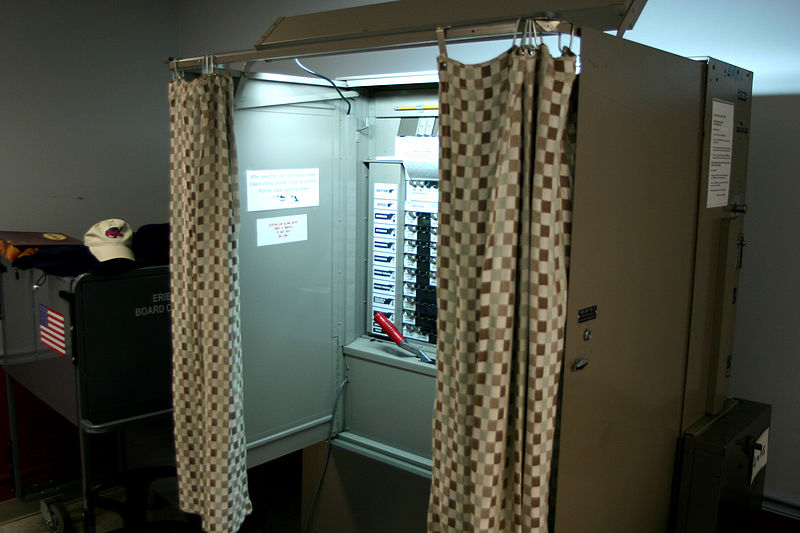
At the election on November 3, New Jersey voters will decide a constitutional amendment to postpone state legislative redistricting until after the 2021 election if federal census data isn’t received by February 15, 2021. Therefore, the current state legislative districts, which have been used since 2011, would remain in use for the 2021 election. New…


